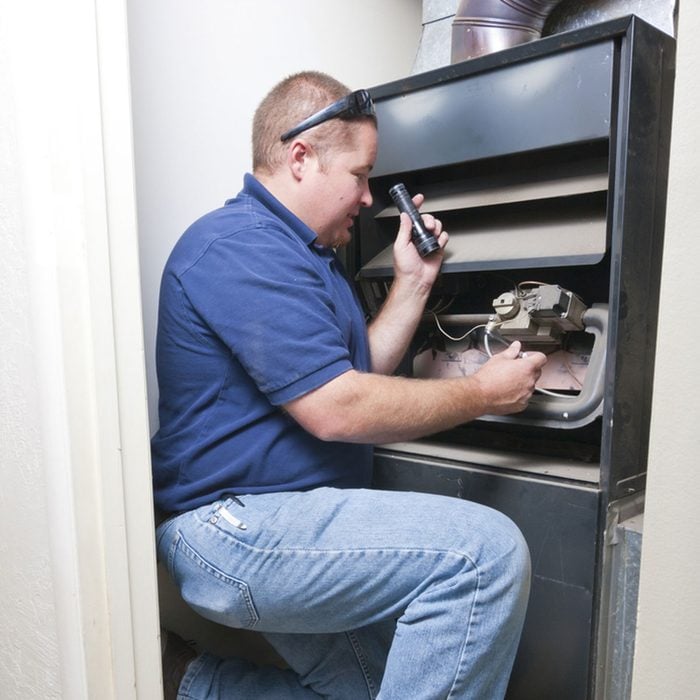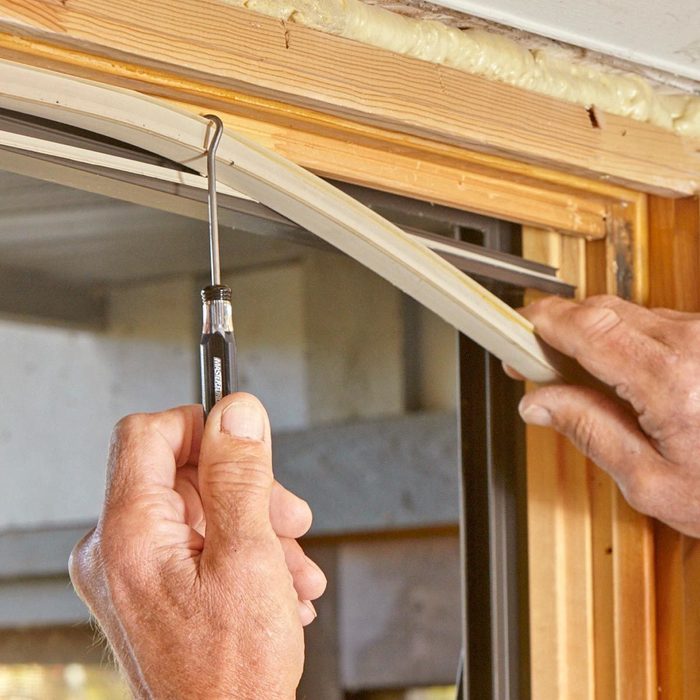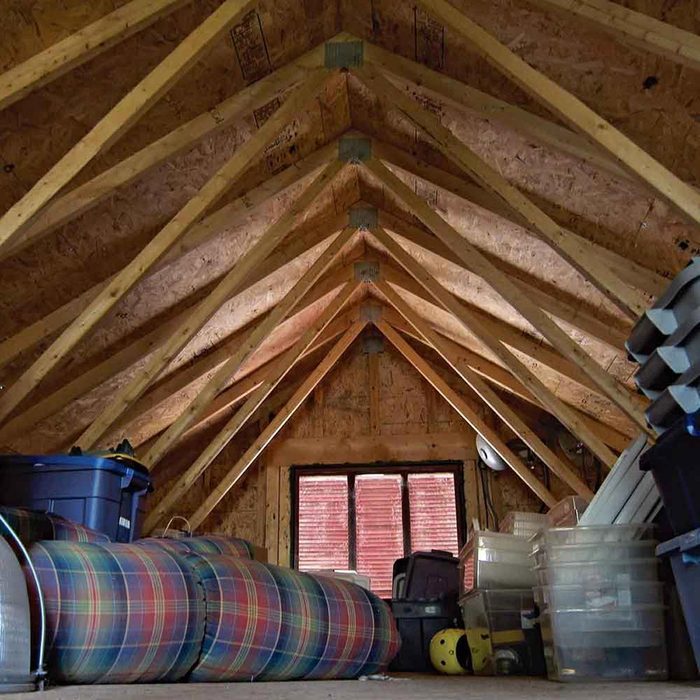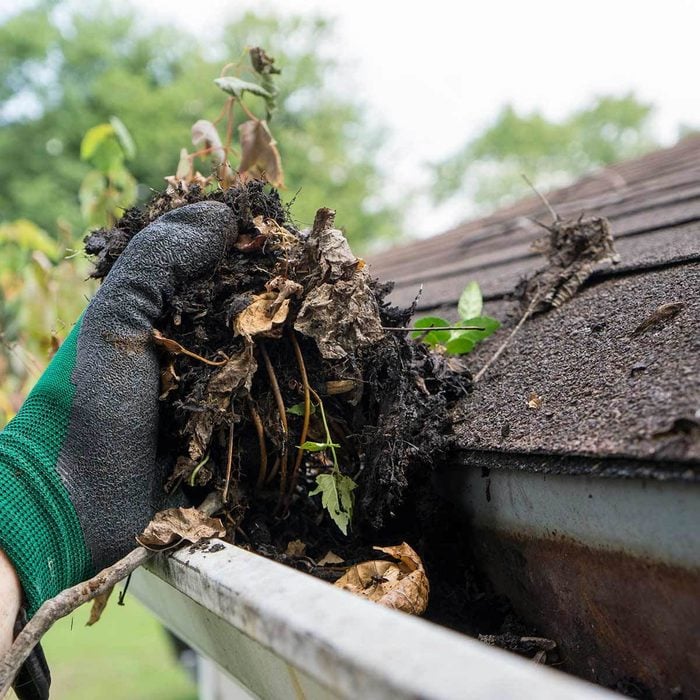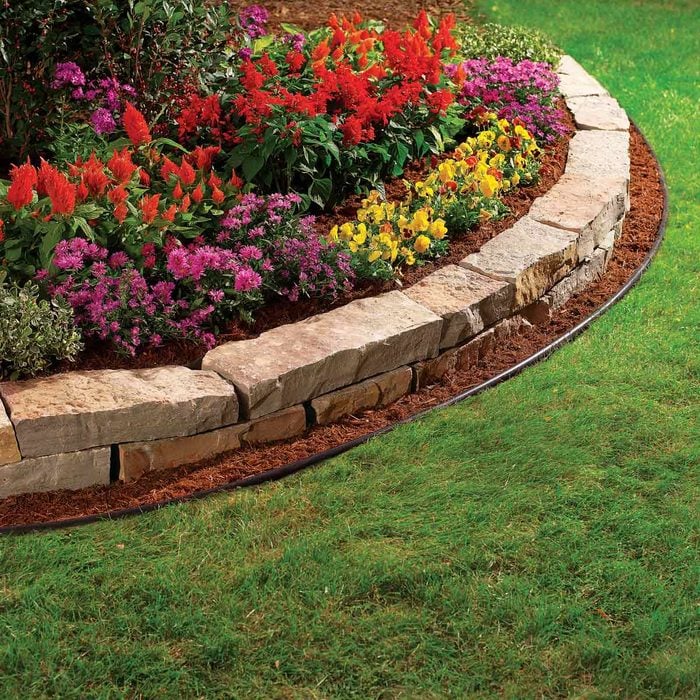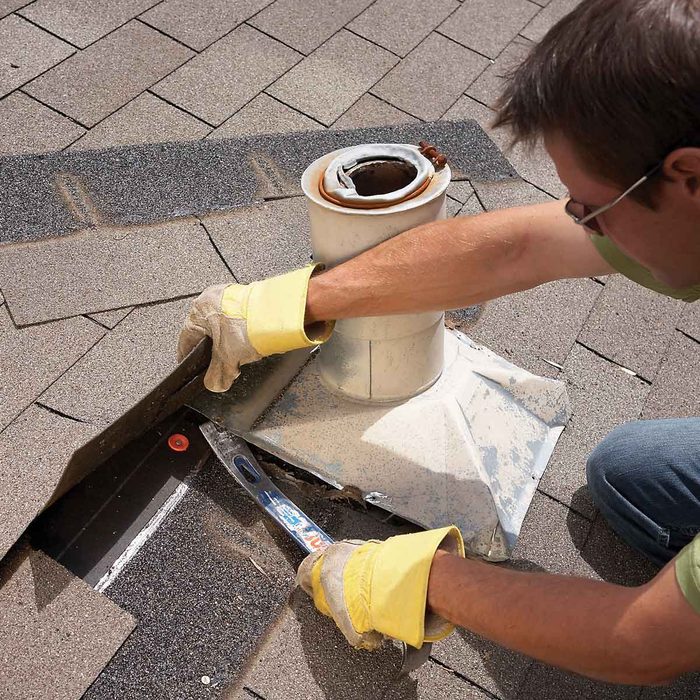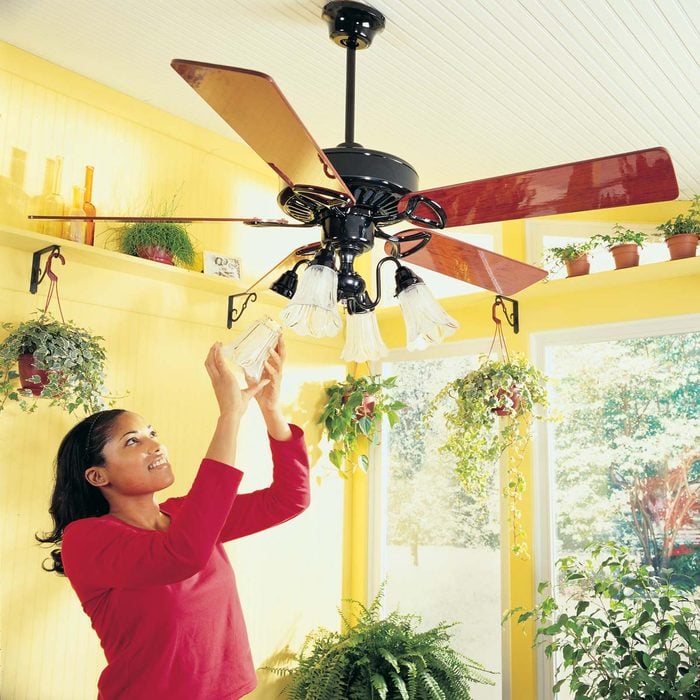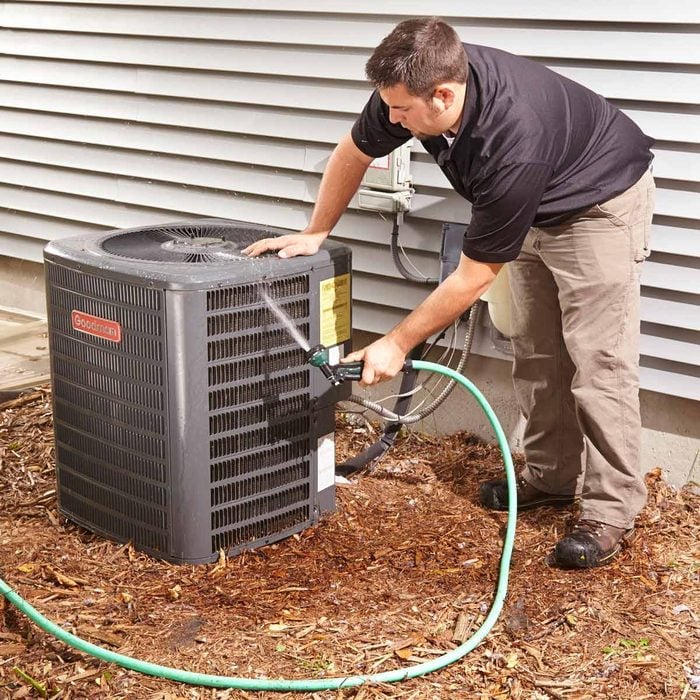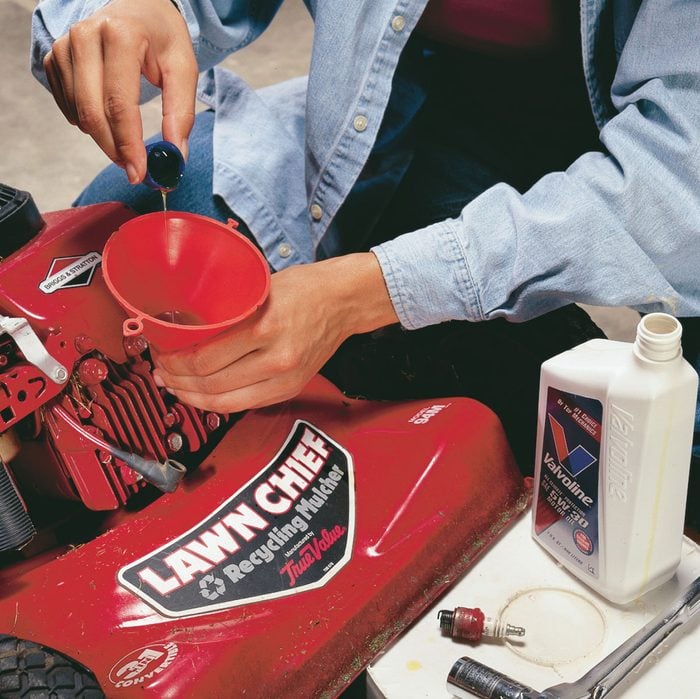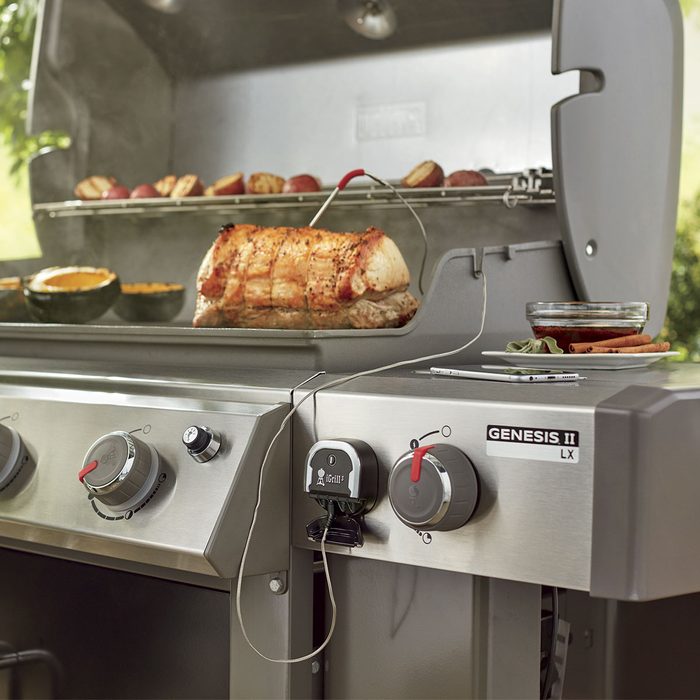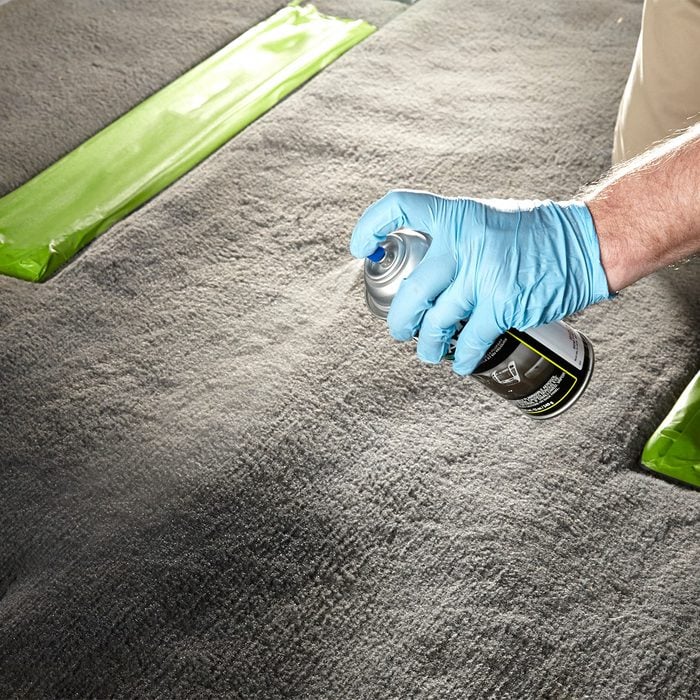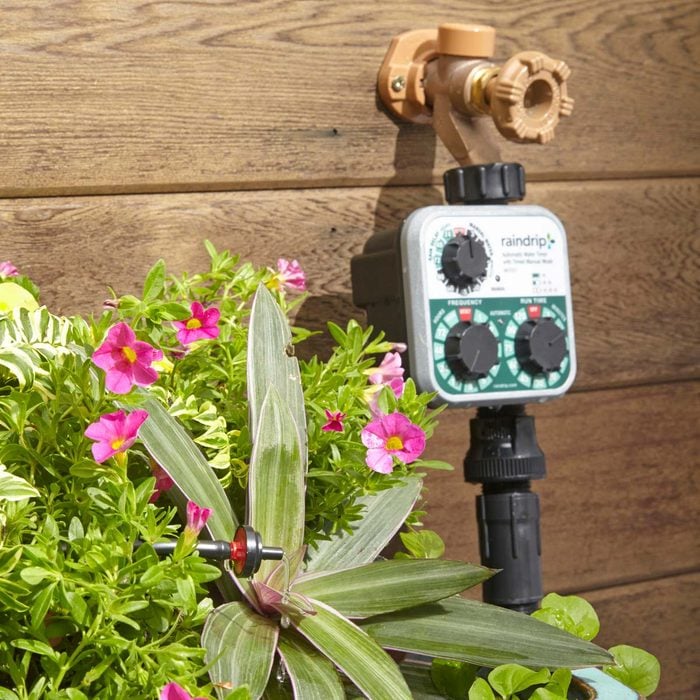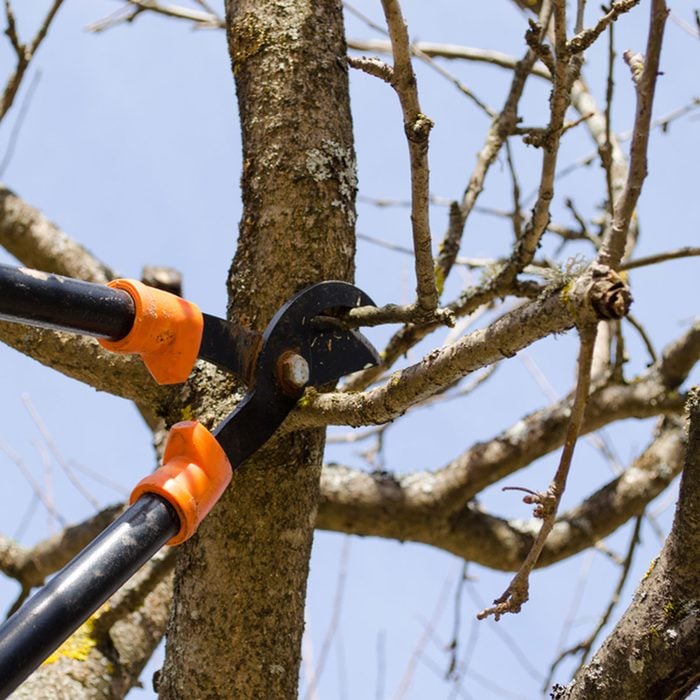11 Ways to Winterize Your Home on a Budget
As Boomers Downsize, Competition Grows for Simpler—but Not Always Smaller—Homes
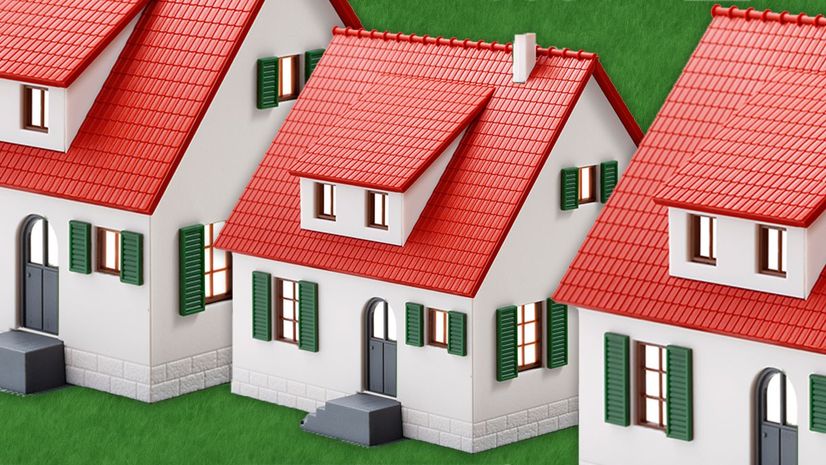 As Boomers Downsize, Competition Grows for Simpler—but Not Always Smaller—Homes
As Boomers Downsize, Competition Grows for Simpler—but Not Always Smaller—Homes
By Julia Carpenter
Wall Street Journal
Nov 1, 2021
Older buyers seeking smaller or easier-to-maintain homes are crashing into younger buyers in a housing market where the competition is fierce.
Soaring home prices and new construction favoring bigger builds have interrupted traditional patterns of homeownership for buyers across the country. Smaller houses, desired by aging seniors and young couples alike, are among the toughest to find. The supply of homes up to 1,400 square feet is near a five-decade low, according to data from Freddie Mac.
In 2020, about 28% of real-estate transactions could be characterized as downsizing, said Lawrence Yun, chief economist at the National Association of Realtors. The majority of these transactions are made by buyers 55 or older.
“We have a housing shortage,” Mr. Yun said. “Clearly from the age patterns, young people want to upsize, and the older generation is looking to downsize, but not greatly—only 100 or 200 square feet smaller than where they’d been living.”
The typical housing cycle for many families—kids go off to school, household sizes shrink, empty-nesters hand off their family homes to new households raising their own children—has been disrupted in recent years, said Len Kiefer, deputy chief economist at the mortgage giant Freddie Mac. The large baby boomer population outnumbers the rising Gen X-ers, who would be the ones to traditionally take over the family homes.
Many boomers want to “age in place,” meaning living in their original home independently into their later years. A 2018 survey of 2,287 adults from the AARP shows seniors would prefer to stay in the communities where they already live.
“They like their grocery store, they like their doctor, they like their local options,” said Karan Kaul, senior research associate at the Urban Institute.
Once they decide to move to a smaller home, they end up competing with first-time buyers and limited supply, Mr. Kiefer said. Price growth has been strongest for smaller, less-expensive homes. “That works against you in terms of what you can get for your buck,” Mr. Kiefer said.
If they haven’t paid off their mortgage, older buyers might find they could sell their current home at a high price but then pay more in mortgage payments on a smaller place. The share of older homeowners with debt has steadily increased over the past decade, rising to 55.4% in 2019 from 33.2% in 2007. This rise is driven in large part by mortgage debt, according to data from the Urban Institute.
After retiring from working at the New York Department of Education for 33 years, Enid Maldonado-Salgado started to make a plan to move from her current home in Flushing, in New York City’s Queens borough, to further east on Long Island, where she and her husband can be closer to family.
The 60-year-old worked with a Realtor for a year before retirement. Ms. Maldonado-Salgado said her goal was to find a home valued at 80% of her current home’s worth. She found the house-hunting process difficult, even with the money she had saved from refinancing her existing home and the substantial profit she expects from selling it.
For Ms. Maldonado-Salgado, downsizing meant finding an affordable home that wouldn’t require too much maintenance or upkeep. She wanted the freedom to travel and to be closer to her grandchildren.
Ms. Maldonado-Salgado is now in the process of closing on a new house in Smithtown. The new house is nearly equal in square footage to her house in Queens.
“It wasn’t about finding something smaller, it was about finding something that benefited my budget,” she said. “We wanted to make things simpler for ourselves.”
15 Best Projects to Do in Fall
Upgrade Your Old Furnace
If your furnace is 10 to 15 years old and is taking longer to heat up the house than usual, it may be time to replace it. Pay close attention to the SEER ratings and choose an efficient fuel like natural gas to help save money. Plus: Do I Need a New Furnace?2 / 15Check On Important Insulation
Specifically, check on weatherstripping around your doors, windows, and garage door. The felt strips seal these openings to prevent drafts, but they can wear down over time. Replace any faded weatherstripping and complete any other insulation tasks you've been putting off. Plus: Replace Weatherstripping
Seal Any Air Leaks in the Attic
If you see any light shining through chinks in your attic, you have air leaks (and pest entrances). Seal those off with foam insulation to keep your house warm over winter. Do not try to close off any attic vents, however, as you'll need those to get rid of humid air. Plus: Learn More About Attic Insulation4 / 15
Clean Out Your Gutters
Your gutters work hard over fall and winter, and they need your help. Clean them out before it gets too cold. This will prevent gutters from overflowing with rain or snow and damaging your roof. Plus: Gutter Repair5 / 15Replace Old Single-Pane Windows
Single-pane windows are poor insulators. If you have any of these windows, consider replacing them with double-pane windows. You can also upgrade double-pane windows to models sealed with a neutral gas like argon to improve insulation. Plus: Learn More About Window Replacement and Installation
Spread Mulch to Protect Perennials
Spread mulch among your perennial flowers and plants. This will help insulate them from frigid temperatures and also provides a bit of extra protection against hungry creatures. Plus: The Family Handyman Guide to Mulch7 / 15
Replace Missing Shingles
Your roof needs to be in good shape to resist wind, rain and snow. Replace any missing shingles and fix other signs of damage before those eyesores turn into serious and expensive leaking problems. Plus: Easy Shingle Repair8 / 15Prepare Your Fireplace
For wood fireplaces, clean them out thoroughly, check the chimney, and make sure that you have an ample supply of wood. Gas and electric fireplaces can also benefit from an annual inspection before winter begins. Plus: When to Clean a Chimney Flue
Switch Your Ceiling Fan Direction
Ceiling fans should turn clockwise in the colder months, which pushes warm air back down into the room. Most fans have a simple switch that reverses the direction. Plus: How to Balance a Ceiling Fan10 / 15
Hibernate Outdoor AC Units
Clean and cover your outdoor air conditioning unit to protect it from rain and snow. Note, that this doesn't apply to heat pump models, which are designed to switch to a heating mode in winter and cannot be covered. Plus: How to Clean Your Condenser Unit11 / 15
Clean Up Your Lawnmower and Other Yard Tools
Your lawnmower and other yard tools are probably dirty after a spring and summer of use. Don't let that dirt and grime sit around all winter. Instead, clean and tune up these tools so they will be ready for the next heavy work season. Plus: Tune Up a Lawn MowerClean and Cover Your Grill
It's time to break out the cleaners and steel-bristled brushes, because your grill needs attention. Get rid of any remaining scraps of food, turn off the gas, and cover the grill to protect it from weather and pests. Plus: How to Tune Up Your Outdoor Gas Grill13 / 15Clean Carpets
Fall is an excellent time to clean your carpet. They tend to be at their dirtiest after summer activities, and you want them clean for indoor winter activities. Be sure to open your windows and air out your house as the carpet dries. Plus: Carpet Repair, Cleaning and Installation14 / 15
Winterize Irrigation Systems
In colder climates, your irrigation system should be blown out to remove any water and prevent freeze-ups that can ruin sprinklers. Make sure that you also store your garden hose and shut off the water to exterior faucets, if possible. Plus: How to Install a Drip Irrigation System
Trim Problem Bushes and Trees
The last thing you want are branches to hit your house during a windstorm. Now is the time to inspect nearby trees and shrubs, and cut any low-hanging or dying branches before they can do damage. Don't go crazy, though. Trimming promotes new growth, so wait until your bushes and trees are truly dormant (after winter, early spring) to do your annual pruning. Plus: Tree Pruning Techniques
Updated: Apr. 18, 2018













